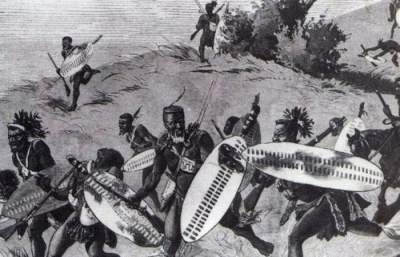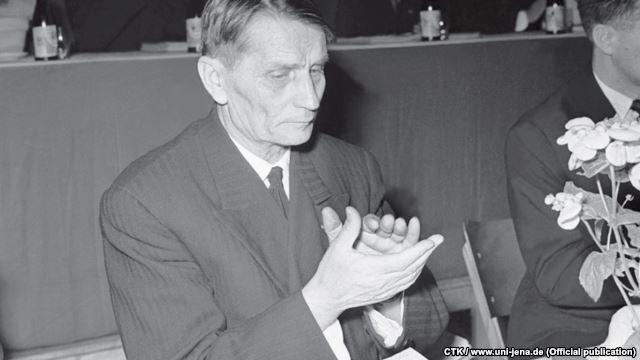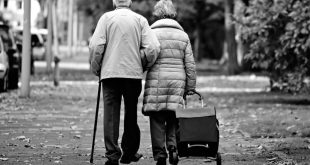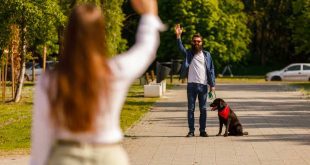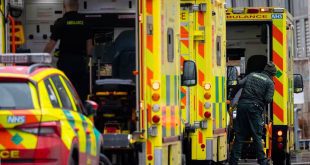
The material is difficult. I publish it because, it turns out, some things I do not even remember the people of my generation. For example, one of the major cities missing, disabled of the second world war, almost all and almost overnight. Not to spoil the appearance of the socialist countries, do not undermine faith in a brighter tomorrow and do not spoil the memory of the great Victory.
According to sources, the massive withdrawal of persons with disabilities outside the city happened in 1949, the 70th anniversary of Stalin. Is actually caught from 1946 until Khrushchev’s time. Reports to Khrushchev on how many legless and armless beggars in orders taken, for example, on the railroad. And numbers of several thousands. Yes, not all were taken. Took those who did not have relatives who don’t want to burden their relatives with caring for yourself or one of these relatives because of injury refused. Those who lived in families, were afraid to appear on the street unaccompanied by relatives, to avoid being taken. Those who could, went home from the capital on the outskirts of the Soviet Union, because, despite the disability, could and wanted to work and lead a full life.
I really hope that inappropriate comments to this post will not. Further material — not for the sake of controversy, political debate, discussion, who, when and where life was good and everything else. This material, to be remembered. With respect for the fallen, silently. On the battlefield they fell or died of wounds after the 45th faded away a victory salute.
Valaam island, 200 kilometers North from Svetlana in 1952-1984 years — one of the most inhuman experiments on the formation of the largest human “factory”. Here, not to spoil the urban landscape, exiled disabled people — the most different, from the legless and armless, to mental retardation and tuberculosis. It was believed that disabled people spoil the view of Soviet cities. Balaam was one, but the most famous of the dozens of disabled veterans. This is a very famous story. It is a pity that some “patriotiki” roll the eyes.
This is the toughest time in the history of Balaam. What nidagravel the first Commissioner in the ‘ 40s, desecrated and destroyed later. On the island were happening terrible things: in 1952 from across the country had been brought to the poor and crippled and left to die. Some artists-nonconformists made his career by painting in the cells of the human stumps. Dom-internat for the disabled and elderly has become something of a social leper colony where, as in Solovki of the Gulag era, was kept in captivity by the “dregs of society”. Not exiled all the polls armless, legless, and those who beg for alms, had no property. There were hundreds of thousands who lost family, shelter, useless, without money, but full of rewards.
They were collected overnight from all over the city special police and security officers, were taken to the railway station, loaded into the van of gear type and sent in these “homes”. At them selected passports and soldier’s books — in fact, they were transferred to the status of ZK. Even the boarding schools was the Department of the interior Ministry. The essence of these boarding schools was to quietly chat to get rid of disabled people to the light as quickly as possible. Even the scarce content that has been disabled, stolen almost completely.
Contemplate these faces… / Artist Gennady Dobrov 1937-2011 /

“Unknown,” and called this figure the kind. Later it was possible would like to find (but only presumably) that he was a Hero of the Soviet Union Grigory Voloshin. He was the pilot and survived, having rammed an enemy plane. Survived – and survived “Unknown” in the Valaam boarding school for 29 years. In 1994 he declared to his family and put on Igumen cemetery, where they buried dead people with disabilities, a modest monument, which had fallen into decay. The other graves are left unmarked, overgrown with grass…
Quote (History of the Valamo monastery):
In 1950 on the island, arranged the House of invalids of war and labor. In the monastery and skete buildings lived crippled, suffered during the great Patriotic war…

“New do not want war!” Former intelligence officer Viktor Popkov. Here are just a veteran of this, eked out a miserable existence in the rat-hole on the island of Valaam. With one pair of broken crutches and in only a skimpy jacket.
Quote (“Unpromising people from the island of Valaam” N. Nikonorov):
After the war, Soviet cities were flooded with people who were lucky enough to survive at the front, but lost in the battles for the Motherland of the hands and feet. Homemade truck, which was urkaly between the legs of passers-human stumps, crutches and prostheses of war heroes spoil the comeliness of a bright socialist today. And once Soviet citizens woke up and heard the familiar rumble of carts and the creaking of the limbs. Disabled suddenly were removed from the cities. One of the places of their exile and became the island of Valaam. In fact, these events are known, recorded in the annals of history, and so “it’s”. Meanwhile, exiled with disabilities on the island settled down, started farming, had families, had children who already grew up and themselves had children – of these indigenous islanders.
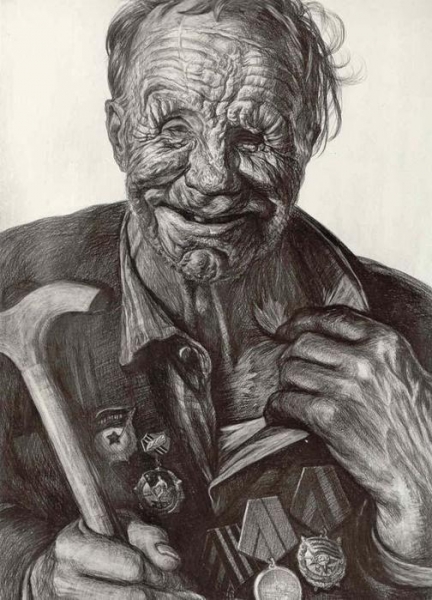
“Defender Of Leningrad”. The figure of the former marine Alexander Ambarova, defending the besieged Leningrad. Twice during fierce bombing, he was buried alive. Almost hoping to see him alive, comrades dug warrior. To heal, he again went into battle. Your days graduated exiled and forgotten alive on the island of Valaam.
Quote (“Valamo notebook” by E. Kuznetsov):
And in 1950, by decree of the Supreme Soviet of the Karelo-Finnish SSR was formed on Valaam and the monastery buildings housed the House of invalids of war and labour. That was an institution!
Not idle, perhaps the question: why here, on the island, and not somewhere on the mainland? Because supply is easier and cheaper to maintain. Formal explanation: there are lots of houses, outbuildings, farm (one farm is worth), arable land for farms, orchards, berries, nurseries, and informal, the true reason: too namozolil eyes to the Soviet people-the winner hundreds of thousands of persons with disabilities: armless, legless, restless, hunted by begging at railway stations, in trains, on the streets, but you never know. Well, judge for yourself: chest in medals, and he pancaked asks for alms. No good! To get rid of them, in whatever was to get rid of. But where to put them? A former monastery on the island! Out of sight, out of mind. For several months the winning country to clean up their streets from this “shame”! So any of these almshouses in the Kirillo-Belozersky, Goritsky, Alexander Svirsky, Valaam and other monasteries. Rather, on the ruins of the monastery, to crush the Soviet regime the pillars of Orthodoxy. The Soviets punished his disabled-winners for their injuries, for the loss of their families, their homes, their native nests ravaged by war. Karal content poverty, loneliness, despair. Everyone gets on Valaam, instantly aware: “that’s all!” Further — deadlock. “Then silence” in unmarked grave in an abandoned monastery cemetery.
Reader! My dear reader! Do we understand You now measure of infinite despair grief invincible, which gripped the people at that moment when they set foot on this land. In prison, in a terrible Gulag camp prisoner always a glimmer of hope to come out, to find freedom, other, less bitter life. Hence, the outcome was not. Hence, only in the grave, as sentenced to death. Well, imagine what kind of life flowed within these walls. I saw it all close for many years. But it is difficult to describe. Especially when before my mind’s eye occur their faces, eyes, hands, their indescribable smile, smiling creatures, as if something forever guilty, as if asking for something, forgiveness. No, it is impossible to describe. Impossible, probably, because at the thought of all this just stops the heart, breath and mind there is an impossible tangle, some form of pain! Sorry…

Scout Seraphim Komissarov. Fought as a partisan in Belarus. During the execution of the task on a winter night frozen into the swamp where it was found only in the morning and literally was knocked out of ice.

Lieutenant Alexander Podosenov. At the age of 17 volunteered for the front. To become an officer. In Karelia, was wounded by a bullet in the head Bang Bang, paralyzed. In a boarding school on the island of Valaam lived the post-war period, still sitting on the pillows.
Quote (“Theme of invasion” in Balaam V. Zack):
All of us, such as I, gathered on Valaam. Several years ago, the disabled was in here a lot: who is without arms and without legs and who is blind to do the same. All former soldiers.

“The story about the medals.” Moving groping fingers over the surface of medals on the breast of Ivan Zabara. Here they found the medal “For defense of Stalingrad” “it was hell, but we survived,” said the soldier. And its as if carved from stone face, tightly compressed lips, blinded by the flames confirm these eyes mean, but proud words that he whispered on the island of Valaam.
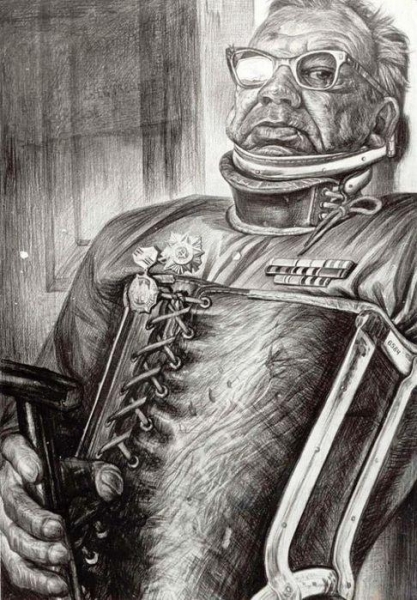
Guerrillas, soldiers, Viktor Lukin. First fought as a partisan. After the expulsion of the fascist invaders from the territory of the USSR fought the enemy in the army. The war did not spare him, but he remains steadfast.

Michael Kazachenkov. “Old warrior”. Warrior of three wars: Russo-Japanese (1904-1905), WWI (1914-1918), WWII (1939-1945). When the artist drew Michael Kazankova, he turned 90 years old. Holder of two St. George’s crosses during the First world war, the warrior ended his heroic life on the island of Valaam.

“Old wound”. In one fierce battle was seriously wounded soldier Andrew Fominykh from the far Eastern city of Yuzhno-Sakhalinsk. Years passed, long ago healed the earth of its wounds but never healed the wound of a soldier. And so he did not get to their homes. Far Valaam island from Sakhalin. Oh, far away…

“Memory”. The figure shows Georgy Zotov, a disabled veteran of the suburban village Penino. Leafing through the newspaper files of the war years, a veteran of the mentally revisits the past. He returned, and how many comrades were there on the battlefields! That’s just not clear the old war, that it is better to stay on the sidelines Germany, or to eke out a miserable, almost animal existence on the island?

“Happy family”. Vasily Lobachyov defended Moscow, was wounded. For gangrene was amputated arms and legs. And his wife Lydia, too, during the war, lost both legs. They were lucky to stay in Moscow. The people of Antioch allowed. Even two sons were born! Rare happy family of Russia.
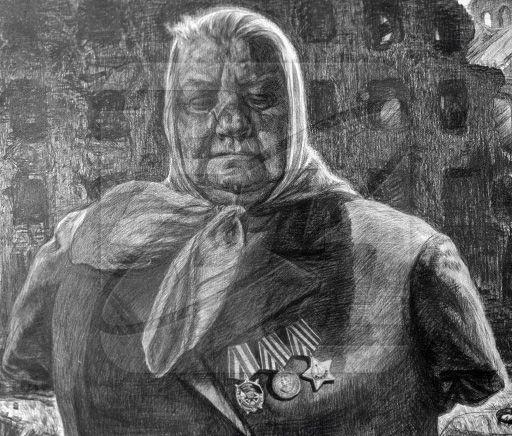
“Scorched by war”. Frontline radio operator Julia Heman in the background of Stalingrad, in the protection which it participated. A simple country girl, a volunteer went to the front. Her Breasts high awards of the USSR for military exploits – the order of Glory and the red banner.

“Lunch.”

“Private war.” In the Siberian town of Omsk painter met with Mikhail Guselnikova, a former ordinary 712-th infantry brigade that fought on the Leningrad front. January 28, 1943 during the blockade of Leningrad soldier was wounded in the spine. Since then he is bedridden.

“Went from the Caucasus to Budapest”. Hero sailor Alexei Chkheidze the artist met in the suburban village of Danki. In the winter of 1945. Budapest. The group of Marines stormed the Royal Palace. In its underground galleries will die almost all the brave. Alex Chkheidze, miraculously survived, endured several operations with amputated hands, blinded, almost completely lost his hearing, even after that he found the strength to joke: he ironically called himself a “man-prosthesis.”

“Veteran”.

“Relaxation”. Takmak in the village of Omsk region lives Russian soldier Alexei Mounds. On the front road from Moscow to Hungary lost both legs.

“A letter to a friend-brother-soldier”. Differently adapted disabled veterans to civilian life. Devoid of both arms of Vladimir Eremin from the village of Kuchino.
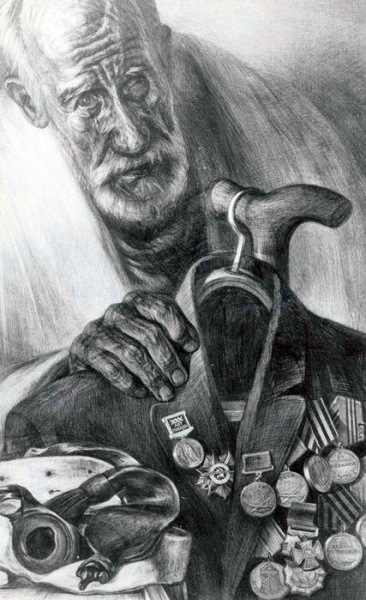
“Life…” Is a life, an eye-catching high purity, morality and heroism. A life lived Michael Zvezdochka did. Inguinal hernia he volunteered for the front. Commanded an artillery calculations. The war ended in Berlin. Life on the island of Valaam.
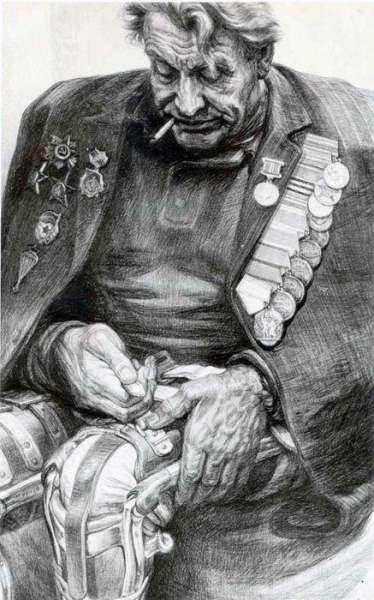
“Veteran”. Muscovite Mikhail Karekin was at the front of the air marine. The result is seriously injured lost both legs.

“Frontline memories”. Muscovite Boris Mileev lost at the front, both hands, print front-line memories.
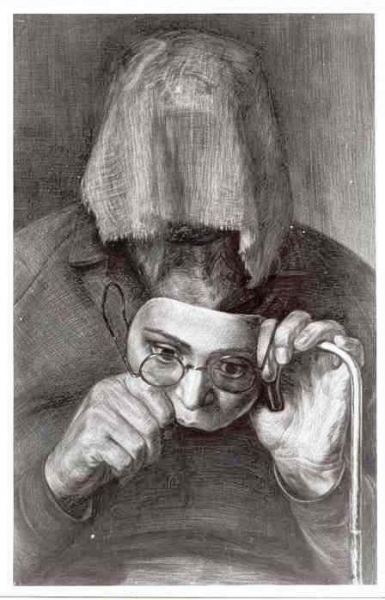
“Portrait of a woman with a burnt face.” This woman was not at the front. Two days before the war, her beloved husband-the military was sent to the Brest fortress. She, too, had to go there later. Heard on the radio about the beginning of the war, she fainted person in the fiery furnace. Her husband, as she guessed, was already dead. When the artist painted it, she sang him a beautiful folk song…

